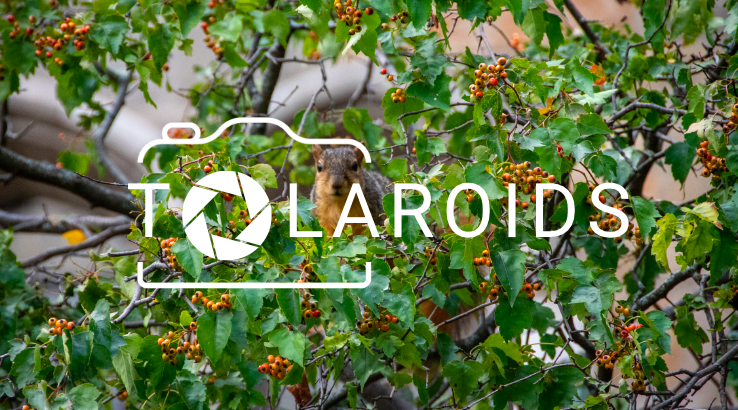Now that the Michigan winter is finally hopefully over, we can enjoy some warm weather and hopefully some more colors in the nature on campus!


Now that the Michigan winter is finally hopefully over, we can enjoy some warm weather and hopefully some more colors in the nature on campus!

A short post today: waiting for spring

I was looking through my hard drive to find post material for this week and came across the best photoshoot model I have ever worked with. I present to you Mila, who I miss dearly, as she does some snow adventuring 🙂

Since the chunkiness of the squirrels on the Diag reached a new level this year and became a sensation, I thought of doing a short but cute appreciation post just for these (not-so-)little guys 🙂

My windowsill is a small greenhouse, covered end to end in a variety of fascinating plants, each with their own personality. I grew up surrounded by trees and nature, which helps to explain why I have such a fondness and appreciation for plants of all varieties. Plants not only represent growth, life, and survival, but more importantly they each carry their own story, a unique tale that can offer knowledge of life on a smaller, pot size scale. A unique relationship is formed when you’re responsible for life, no matter how small, and the trials and errors that come along with this responsibility have more impact than they might seem. I specifically have 10 plants, comprised of succulents, bonsai, cacti, and a rose bush, the oldest one being a succulent that I’ve had for at least 4 years. I wasn’t always skilled at raising plants however, and I’ve accidentally killed more than I would care to admit (me and bamboo are particularly incompatible, although I’ve tried many times to make it work). Now that I’ve figured out a system that works for me and the plants, I’ve had the confidence to expand my little garden, the most recent addition being the small rose bush which blooms during the winter.

One of my most ambitious and difficult projects is pictured to the left, a square ceramic planter with a sand garden and spot of land just barely big enough for a bonsai tree and a monkey sitting underneath it. The concept was simple: a zen garden combined with a bonsai tree, representing a miniature place of solitude. Originally there were two trees, which I learned the hard way was overly ambitious, and it has also been a struggle to keep the sand separate from the soil, especially when watering the bonsai. Just recently the last tree suffered from the move back to college; a lot of it inexplicably turned brown and fell off, and I was prepared for the worst. But now it is teeming with new life, sprouts up and down, growing rapidly with renewed vigor. The personality of this plant is young, and its story shows that sometimes starting over is the best way to grow into something better.
Each one of my plants has their own story, each of them unique and equally interesting. Although it can be a challenge to take care of them during a busy college schedule, the reward is always worth it and I’m always glad I have them. They offer a reprieve from the city and remind me of the beauty of nature, something that I find is often forgotten about today.
Do you ever think of the spaces that you inhabit? The cafe? Your room? Your bathroom? Yes, basically everything is a “space.” But what defines a “space?” I would say that a space is a place that we inhabit in which its limits are usually defined by some sort of marking or is simply distinguished from other places via barriers. With that sort of Apparently, for example, a space can be private or public, or inviting versus uninviting. But what exactly makes us feel these certain vibes from these things we call “space” around us? Let’s ask these questions in terms of a garden.
A garden is typically defined as “a piece of ground, often near a house, used for growing flowers, fruit, or vegetables.” Fair enough, this is stereotypically its function. But, gardens can be self-owned, or it can be owned and shared by an institution. So what kind of space is a garden? Is it a public space, or is it private? What are your thoughts about this question? And what other spaces can be similarly questioned? Comment your thoughts! 🙂